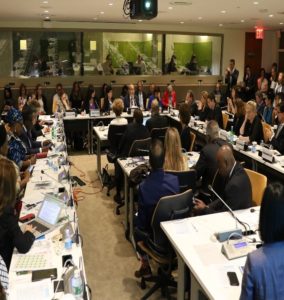SUN Civil Society Network
Image
This Quarterly Update shares the progress made by the UN Network for SUN from July to September 2016 in accelerating the scale-up of efforts to improve nutrition. UN Network for SUN documents, communications & materials The UN Network for SUN Strategy (2016-2020) has been finalized…
This Quarterly Update shares the progress made by the UN Network for SUN from July to September 2016 in accelerating the scale-up of efforts to improve nutrition.

Photo credit: WHO